News
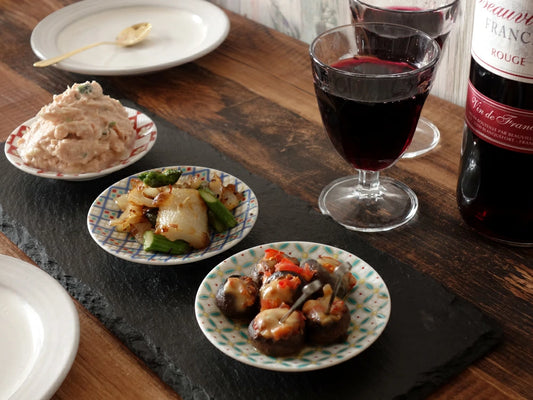
Kutani-yaki goes well with more than just Japan...
Do you think Kutani ware only goes well with Japanese food? In fact, if you serve your wine snacks on a bean plate,It's just like a simple bar menu you...
Kutani-yaki goes well with more than just Japan...
Do you think Kutani ware only goes well with Japanese food? In fact, if you serve your wine snacks on a bean plate,It's just like a simple bar menu you...
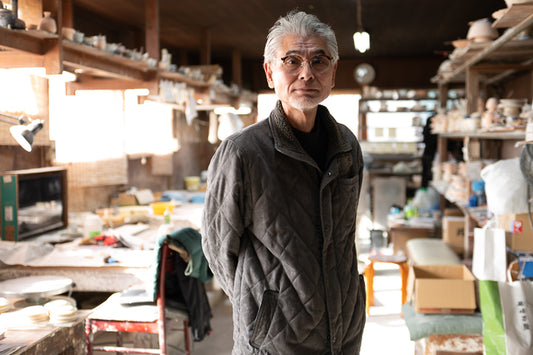
Atsushi Yamamoto |Myosen Toubou Kiln for the Im...
Atsushi Yamamoto is the representative, craftsman, and artist of Myosentobo, a kiln under the Imperial Household Agency's warrant. Myosentobo, represented by Atsushi, is a kiln known only to those in...
Atsushi Yamamoto |Myosen Toubou Kiln for the Im...
Atsushi Yamamoto is the representative, craftsman, and artist of Myosentobo, a kiln under the Imperial Household Agency's warrant. Myosentobo, represented by Atsushi, is a kiln known only to those in...
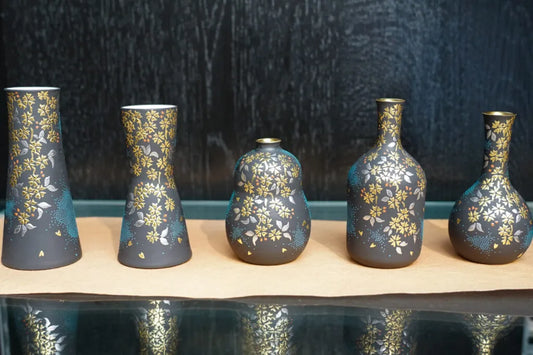
The First Master of Heaping Gold Painting and A...
A housougemon pattern is decorated with thick, luxurious gold, creating an opulent surface. The space is filled with the aochibu technique, forming spiral motifs.
The First Master of Heaping Gold Painting and A...
A housougemon pattern is decorated with thick, luxurious gold, creating an opulent surface. The space is filled with the aochibu technique, forming spiral motifs.
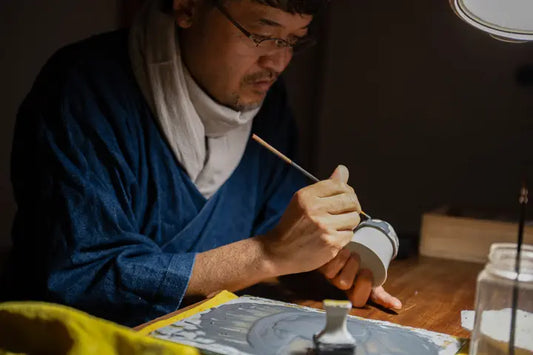
Tamekichi Mitsui, the inheritor of Ko-Kutani an...
Kutani Gosai (Five Colors of Kutani): Using five colors (green, yellow, purple, navy blue, and red), Tamekichi Mitsui's beautiful overglaze enameling enchants the viewer.
Tamekichi Mitsui, the inheritor of Ko-Kutani an...
Kutani Gosai (Five Colors of Kutani): Using five colors (green, yellow, purple, navy blue, and red), Tamekichi Mitsui's beautiful overglaze enameling enchants the viewer.
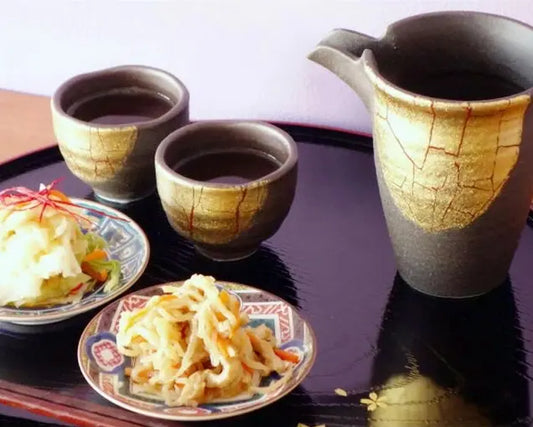
Sipping and Drinking at Kutani Ware
In the blink of an eye, there is only a little over a month left of this year. We hope you will enjoy a set of Kutani Yaki sake to...
Sipping and Drinking at Kutani Ware
In the blink of an eye, there is only a little over a month left of this year. We hope you will enjoy a set of Kutani Yaki sake to...
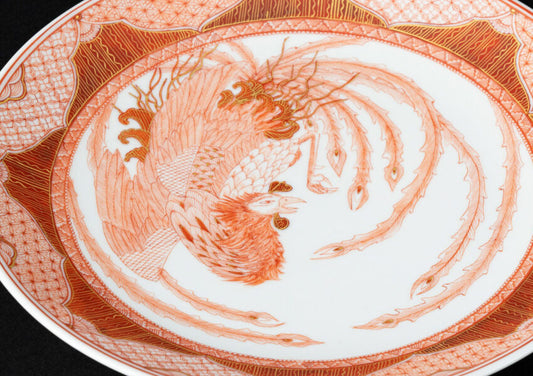
Reiko Fukushima - Inheritor of the beautiful re...
Akae Sai-byo (赤絵細描) is one of the most popular techniques in Kutani-ware at the moment, and its works are also very popular.
Reiko Fukushima - Inheritor of the beautiful re...
Akae Sai-byo (赤絵細描) is one of the most popular techniques in Kutani-ware at the moment, and its works are also very popular.